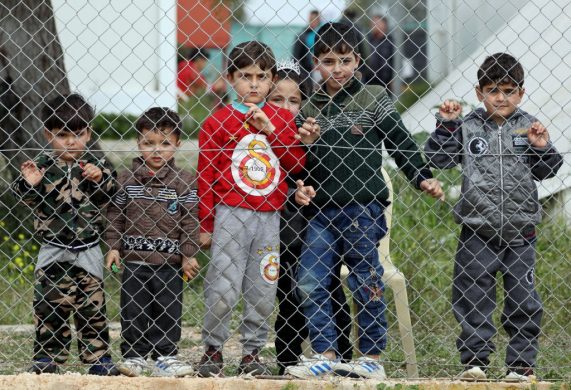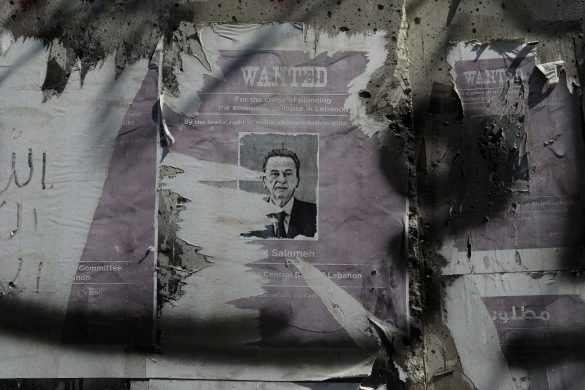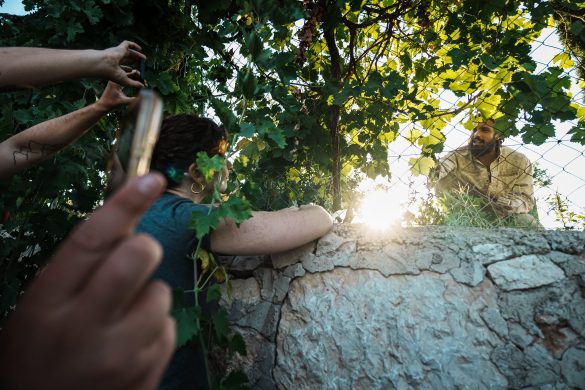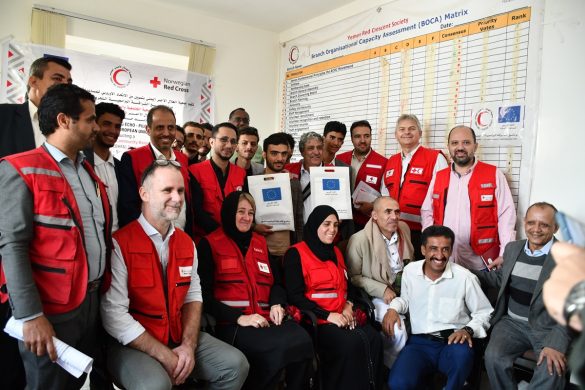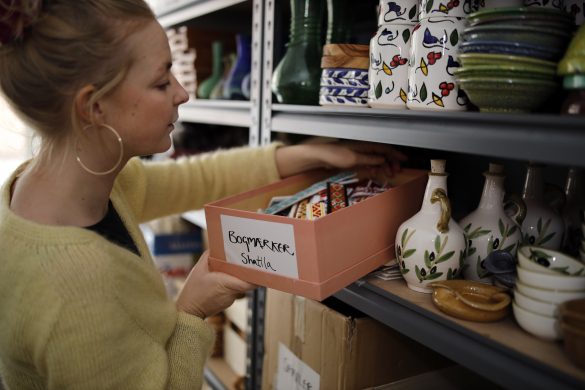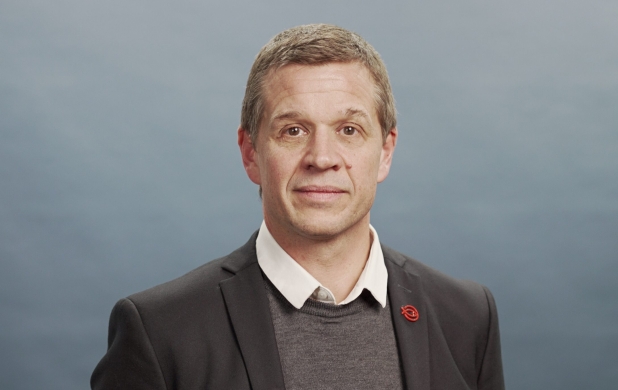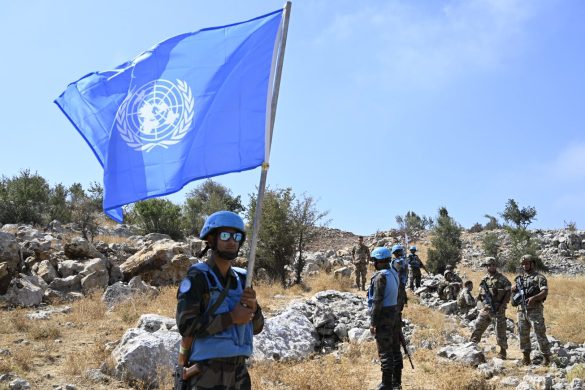World Refugee Day (20. juni, red.) happens once year, but the issues it is designed to highlight are a daily concern for Lebanon. As the country which hosts the world’s largest number of refugees per capita, Lebanon holds some important lessons.
Lebanon almost doubled the size of its national public education system in five years in response to the ongoing refugee crisis, something no country has ever done before.
The large increases in primary education seen particularly in African countries in the last decade and a half rarely accounted for more than a 50 percent increase in the total public school population as they were focused on the first six years of school; Lebanon has increased its overall public school population by almost 100 percent.
In order to accomplish this, Lebanon integrated Syrians into public schools using the national curriculum. It did this by:
- Instituting second-shifts in more than 300 public schools, with Lebanese certified teachers as instructors; and
- Abolishing enrollment fees and providing free textbooks for all public school students.
This has all come at a cost, a portion of which has been supported by the World Bank and other international partners including UNICEF, the European Union (EU) and the United Kingdom’s Department for International Development (DFID).
This process of radically expanding the education system quickly has taken place in a context of constrained options. For example, common advice from external partners to Lebanon at the onset of the Syrian refugee influx was to set up separate classes for Syrian students, taught by Syrian teachers. The thinking was that this would minimize the disruption for the students, allow continuity of employment for teachers, and facilitate a later return to Syria.
Learning from recent experience
However, there was already an example in Lebanon of the approach of setting up an externally-financed education system with an independent curriculum for Palestinian refugees, and the Lebanese were not generally eager to repeat it.
While the United Nations Relief and Works Agency for Palestine Refugees (UNRWA) education system was highly successful in terms of learning outcomes for Palestinian students), there was little appetite politically, financially or institutionally to set up another parallel refugee education system in Lebanon. Syrian students today learn from Lebanese teachers using the Lebanese curriculum.
While the chosen approach of integration increases system coherence and sustainability, the effects on learning for Syrian students are unclear. The effects of such rapid system expansion on Lebanese learning outcomes are also unclear and research on this topic is forthcoming. The Research for Results program is dedicated to uncovering the teaching and learning processes in both the public and private sectors in a nationally representative sample in Lebanon.
Moving forward
In the next five years, through the Reaching All Children with Education 2 initiative, Lebanon plans to build on its achievements.
It will increase the number of Lebanese and non-Lebanese school-aged children enrolled in formal education.
Lebanon also plans to increase learning outcomes measured by the proportion of students passing and transitioning to the next grade.
As a way to improve the well-being of all children, Reaching All Children with Education 2 seeks to increase the number of schools that provide healthcare services, child protection services, psycho-social support, and address special learning needs for both Lebanese and non-Lebanese students.
World Bank support
The World Bank is using IDA (the World Bank’s fund for the poorest, is the largest source of concessional finance for the world’s poorest countries) and funds from DFID and other donors to support the government of Lebanon to achieve these goals.
One of the key principles of World Bank involvement in Lebanon is to ensure that benefits go to both refugees and Lebanese children, for example providing financing for textbooks for all public school students.
This approach supports social and political harmony between children, and maintains a pro-poor emphasis given that the public school system predominantly serves lower-income Lebanese students.
Across the region
In addition to supporting Lebanon, the World Bank is assisting other countries across the region to deal with the refugee influx. In Turkey, a variety of projects are supporting the government’s response, including a school construction program to ensure access for more students.
In Jordan, the Economic Opportunities for Jordanians and Syrian Refugees project is supporting expanded employment opportunities.
In Yemen, where one-quarter of children are out-of-school due to the conflict (about 2 million children), the World Bank is working with partners such as UNICEF to aid in providing services. Unfortunately, the situation in Yemen is unlikely to improve dramatically while the conflict continues.
Governments across the region can benefit from flexible and appropriate technical and financial support from donors and partner to continue to improve quality, transparency and access to public services as they respond to the ongoing refugee crisis. At the same time, the international community can learn from current success and challenges to improve service delivery for refugees and host populations around the world.
Noah Yarrow er specialist i uddannelsessektoren i Verdensbanken.



